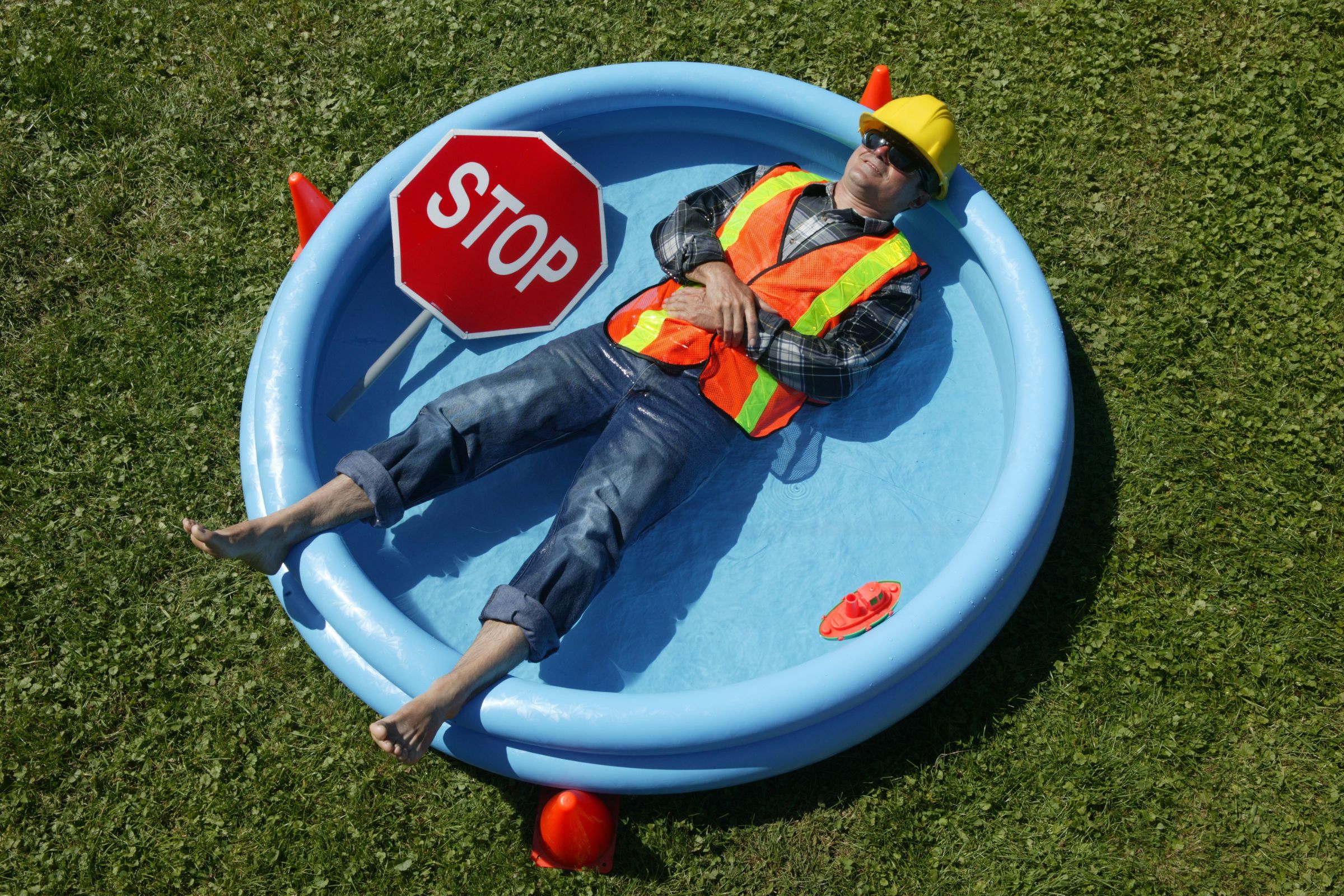Table of Contents
Related Articles
Electrical Safety: A Critical Focus for Independent Schools and Cultural Institutions

Electricity powers our modern world, illuminating classrooms, energizing exhibits, and enabling daily operations in independent schools and cultural venues. However, it’s crucial to recognize that electricity can pose severe risks if not handled appropriately. According to the Electrical Safety Foundation International (ESFI), electrical hazards cause nearly 400 deaths and 4,000 injuries in the workplace each year in the United States.
For these institutions, ensuring electrical safety should be a top concern. These facilities often have unique electrical demands, from powering computer labs and scientific equipment to illuminating exhibits and performance spaces. Failing to address electrical hazards could lead to costly property damage, injuries, or even fatalities among staff, students, and visitors.
Recent Incidents Highlight the Importance of Vigilance
In 2022, an electrical fire at a renowned art museum caused significant damage to several priceless artworks and forced the closure of multiple galleries for months. The fire was traced back to faulty wiring in an exhibit space.
Just last year, a high school in the northeast experienced a serious electrical incident when a piece of equipment malfunctioned, causing an arc flash that injured two maintenance workers. The incident emphasized the necessity of proper training and personal protective equipment (PPE) when working with energized electrical systems.
Steps to Enhance Electrical Safety
To mitigate electrical risks, independent schools and cultural institutions should take a proactive approach to electrical safety. Here are some key steps to consider:
1. Conduct Regular Inspections and Maintenance
- Regularly inspect electrical systems, including wiring, outlets, and equipment, to identify and address any potential hazards.
- Implement a preventive maintenance program to ensure electrical components are functioning correctly and replaced when necessary.
2. Provide Comprehensive Training
- Ensure staff members who work with or around electrical systems receive comprehensive training on electrical safety practices, including lockout/tagout procedures and the use of PPE.
- Offer regular refresher training to reinforce safe practices and address any updates or changes.
3. Implement Safety Procedures and Policies
- Develop and enforce clear electrical safety procedures and policies, covering areas such as working on energized systems, safe use of extension cords, and proper grounding techniques.
- Ensure these policies align with relevant OSHA regulations and industry best practices.
4. Invest in Proper PPE and Equipment
- Provide appropriate personal protective equipment (PPE), such as insulated gloves, arc-flash suits, and face shields, to workers who may be exposed to electrical hazards.
- Ensure that electrical equipment, tools, and machinery are properly maintained and used according to manufacturer specifications.
By making electrical safety a critical focus, independent schools and cultural institutions can protect their staff, students, and visitors while also minimizing the risk of costly disruptions due to electrical incidents.
Remember, electrical safety requires ongoing vigilance, training, and a commitment to creating a culture of safety within your organization. Contact the ISCC today and find out more about taking proactive steps to address electrical hazards and ensuring a safe and secure environment for everyone.





